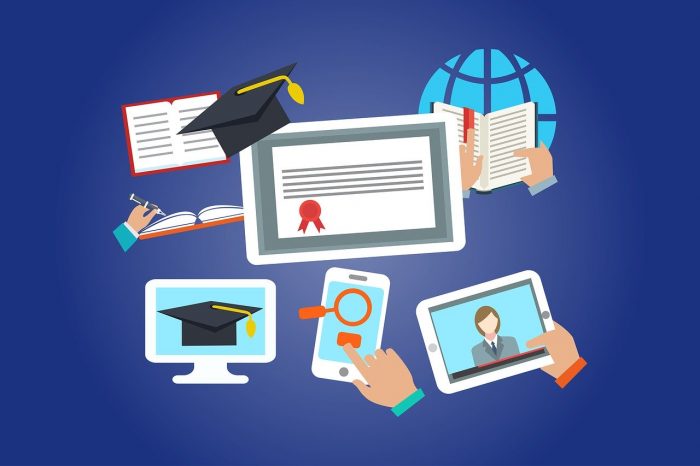
Accessible materials are a good basic practice precisely because they are often easier for all students to understand and process.
Creating accessible materials helps all learners in your course and provides them with equal access to course materials and learning opportunities. Digital accessibility like consistent semantic markup and clean links makes it easier for everyone to navigate and understand the materials and activities that you put in your Canvas course site. This includes not just documents and videos, but also assignment directions and test questions.
According to the National Center for Education Statistics, 19% of undergraduates in the U.S. report a disability, and in our current pandemic even more students are dealing with severe stress and uncertain internet access. Accessibility practices help remove barriers to your student learning and lower the extra cognitive load of understanding poorly formatted materials or instructions. It will benefit not only students with different types of disabilities, but also people who come from different language backgrounds, and those who may not be familiar with the topic.
- Use Headings, tables, and lists to mark up your text
- Provide alternative (alt) text for images
- Create Accessible links
- Use captions for videos
- Provide good color contrast
